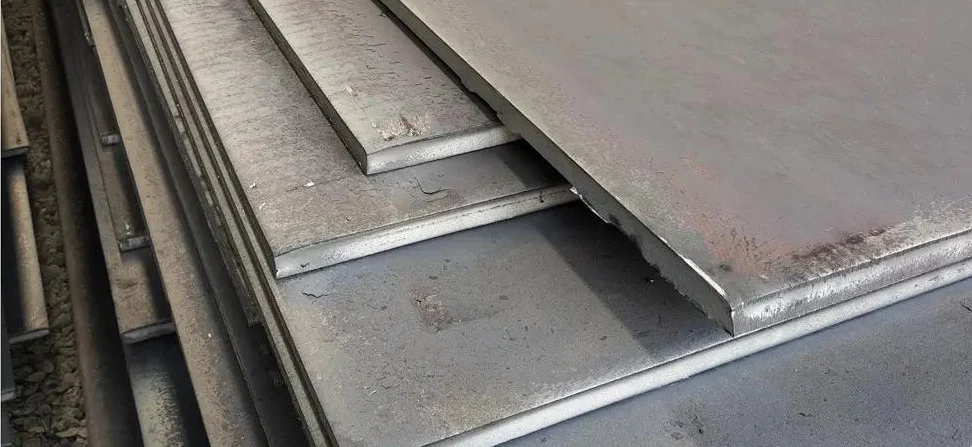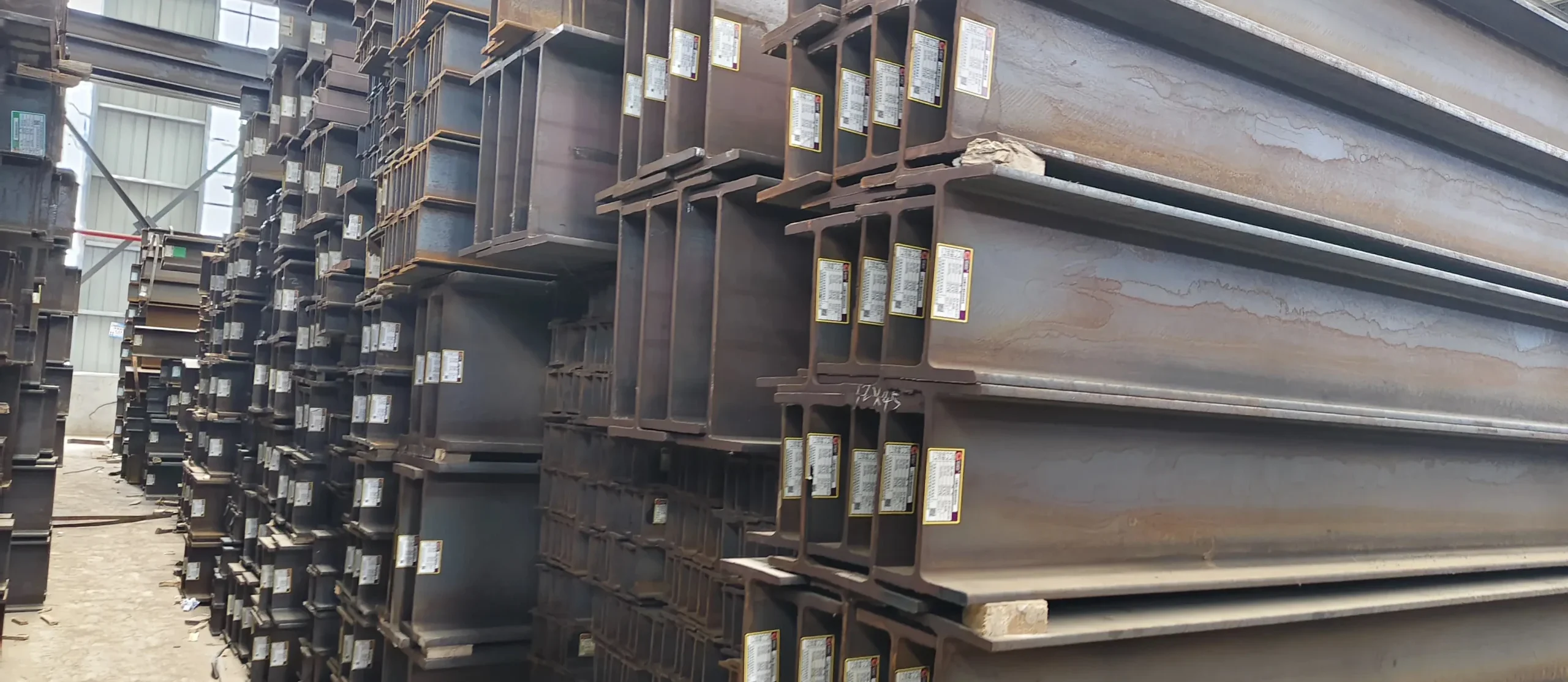Pitting corrosion of duplex stainless steel pipe is a form of corrosion that concentrates on a small area on the surface of the pipe and penetrates deep into the metal. The reason is that the electrochemical inhomogeneity of the metal surface forms a small and concentrated anode and large cathode corrosion cell.
Since pitting corrosion has a small range of deep and deep corrosion characteristics, the metal loses less weight in the case of pitting corrosion, resulting in perforation, resulting in scrapped parts and accidents.

How did it happen?
The pitting process is mainly divided into three stages: pitting initiation stage, metastable pitting stage, and steady-state pitting stage.
In the initiation stage of pitting corrosion, the passive film on the surface of stainless steel has the characteristics of discontinuity and inhomogeneity due to grain boundaries, dislocations and precipitation. Under the erosion of halogen ions, especially chloride ions, duplex stainless steel The passivation film on the surface of the pipe ruptured at a relatively weak point, leading to the initiation of pitting corrosion.
The factors that affect the protection of the passivation film mainly include alloy composition, corrosive medium, and temperature. The three types of passive film rupture mechanisms generally recognized in the current research include adsorption thinning mechanism, ion migration penetration mechanism and passive film rupture mechanism. The adsorption thinning mechanism was first proposed by Heussler and Fischer in 1976. They believed that chloride ions competed with oxygen for adsorption, and the chloride ions adsorbed on the passivation film promoted its thinning, leading to the dissolution of the metal matrix. However, it is generally believed that the passivation film is a multilayer structure, so chloride ion adsorption and thinning is considered an important process rather than a necessary condition for pitting corrosion.
Stainless steel pipes are prone to rupture of the passive film at the weak or defective position of the passive film, leading to the initiation of pitting corrosion. Steady-state pitting corrosion can only be formed at the fracture site with stable growth conditions. This mechanism effectively solves the stability problem of pitting corrosion.
The growth of pitting corrosion of duplex stainless steel pipes is controlled by many factors, and is affected by factors such as ambient temperature, corrosive medium concentration and anode potential.
The initiation of pitting is accompanied by the progress of metastable pitting.
In the process of metastable pitting, pitting will not continue to develop after a period of initiation and development, but passivation will occur. Passivation will be repaired after a period of time after the rupture of the passivation film, which is the rupture and repair of the passivation film alternately A process. This process is usually carried out below the critical pitting temperature and the critical pitting potential, and appears as a tiny transient peak in current fluctuations.
The dissolution and regeneration of the oxide film inside the metastable pits are alternately performed. When the dissolution rate of the oxide film is greater than the regeneration rate, the metastable pitting will gradually develop into a steady state pitting; otherwise, passivation will occur. Steady-state pitting is the pitting behavior of pitting pits that grow steadily.
Posted by stainless steel pipe fittings supplier kaysuns.



